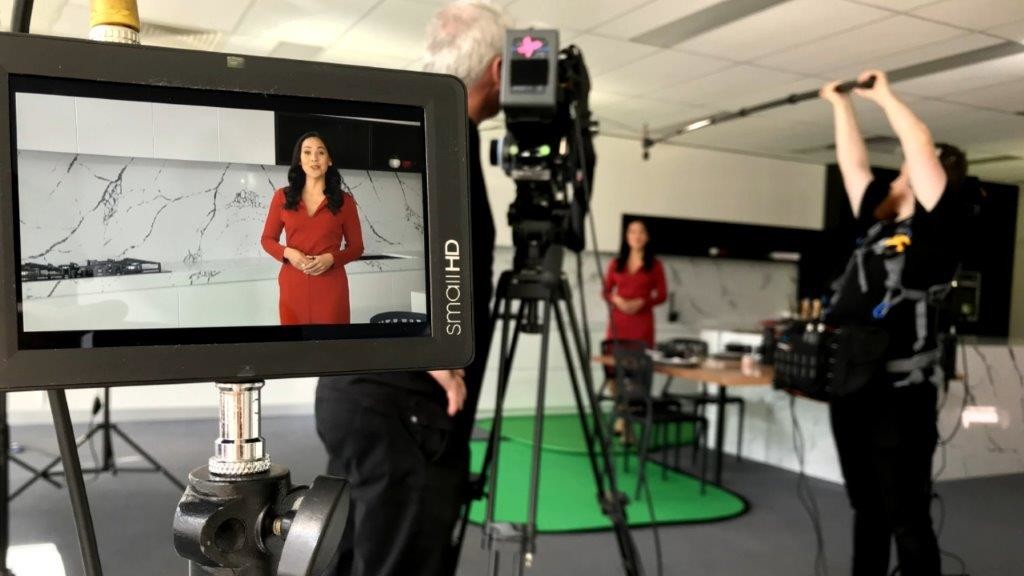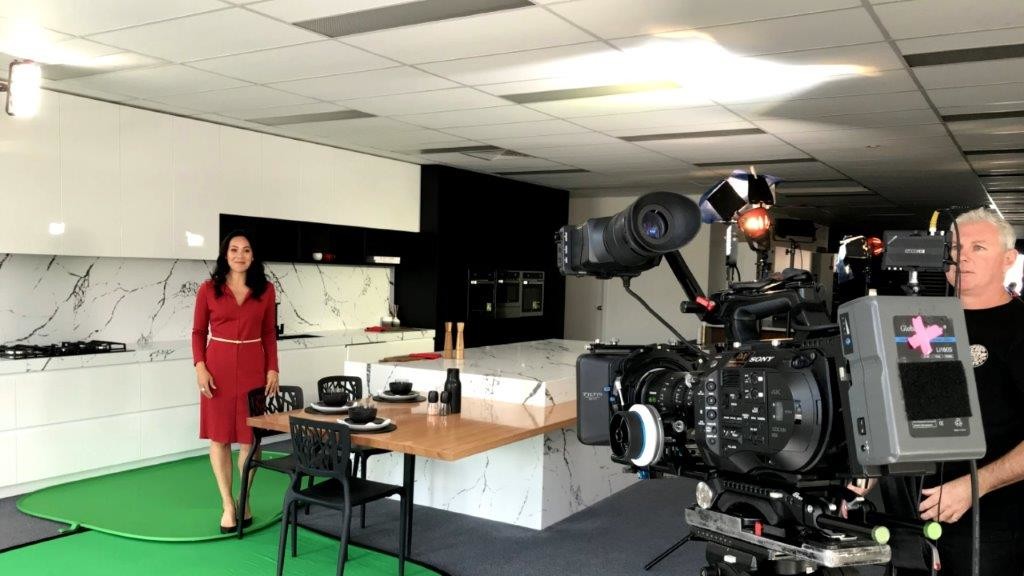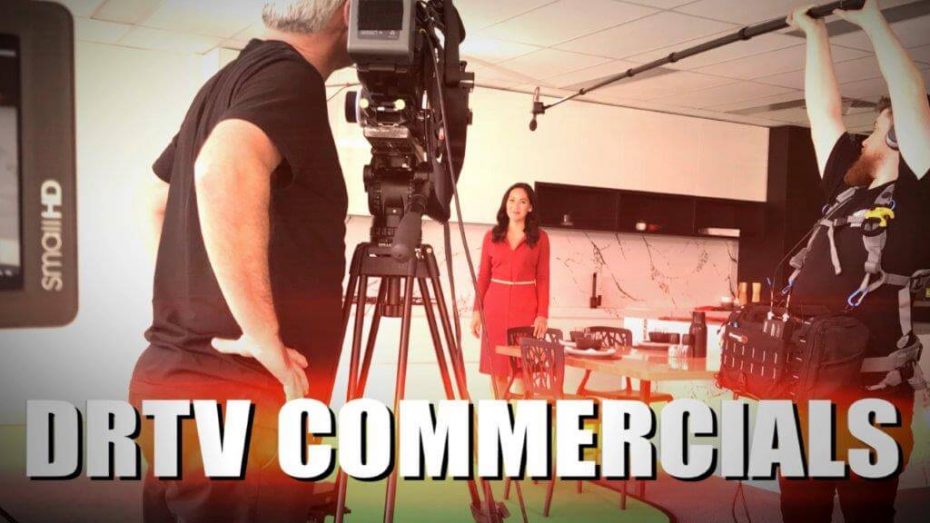Direct response TV commercials: why they’re more relevant than ever in the digital age
Direct response TV commercials have come a long way. As we move towards the 2020s, this type of advertising has more to offer your business than ever before.
Here we take a look at what direct response TV commercials are, why they work so well, and how you can use them to market your business to best effect.
What is direct response TV advertising?
We all remember those long, late night infomercials from the 1990s and early 2000s, with the phone number of the business constantly displayed along the bottom of the screen while the product was demonstrated by a presenter. This was a popular form of direct response TV advertising at the time, but the format has fallen out of favour in recent years.
It isn’t hard to see why. Direct response TV advertising, or DRTV for short, has evolved into something much more sophisticated, and much more suitable, for the digital age.

DRTV works by promoting your brand across more than one platform. In its early days, the purpose of DRTV was to encourage you to phone the number on the screen and order the product. However, this involved the viewer leaving their seat and calling on what would then have been a landline phone, so success rates were mixed. In spite of this, brands like Apple did extremely well from DRTV campaigns in the 90s.
These days, it’s so much easier to promote your brand across a variety of channels using DRTV. The internet and social media have opened up a wide range of possibilities for tying in your advertising campaigns across various platforms, with well-known brands such as Airbnb using this to great effect, starting with a TV advertisement and linking this to further information online.
So how does DRTV work?
1. The TV ad
All DRTV campaigns centre around a television advert. However, this ad has to convince the viewer to take a follow-up action as a result of watching it. For this reason. DRTV ads tend to follow a specific, proven formula:
- It presents a problem
- It offers a solution to this problem
- It gives a direct response call-to-action
- It gives the viewer an incentive to take this action
You can see how this works in the TVC Rockmans Creative Media produced for Melbourne Kitchens:
- The problem: “Want a new kitchen but not sure who to use or how to go about it?”
- The solution: “Visit Melbourne Kitchens, where quality and customer service are our number one priority.”
- The direct response call-to-action: “Visit us online and watch the video to discover why our customers say ‘yes’ to us.”
- The incentive: “For a limited time, you’ll receive an amazing 20 percent off!”
The web address is constantly shown at the bottom of the screen, and the presenter is standing in one of the company’s kitchens to give an aspirational element to the advert.
2. The web video
When viewers visit the web address displayed on the TV advert, they will be greeted by the accompanying video on the homepage. This video ties in directly to the TV advert, but expands on it, giving more information about the product and offering the unique selling points of the company.
Here you can see from the Melbourne Kitchens web video below how this works.
It uses the same presenter in the same setting, so the viewer can instantly see that they have arrived at the right place, and the video and brand already feel familiar to them.
This video explains the company’s USPs in great detail, with each point being emphasised in graphics as well as speech, to help with message retention. This time, the graphics at the bottom of the screen show the phone number instead of the web address, encouraging customers to call and enquire about a new kitchen.
Why DRTV commercials are so successful
1. They build trust in your brand
In spite of constant predictions that TV advertising will be killed off by the digital revolution, it is still the most powerful advertising platform for brands. Even more importantly, it is also the most trusted. Even though consumption of digital media has overtaken TV watching, especially for young people, we still trust the brands we see on TV more than those we see online. It has a more exclusive, expensive feel, and it is something people of all ages are used to.
As a result, advertising on TV builds trust in your brand, and makes you seem more established and successful than your competitors.

2. They make your brand accessible
The main difference between a regular TV advert and DRTV is that it gives consumers an easy way to gain direct contact with your brand. For example, once they have watched the video on your website, they can easily use a contact form or telephone you directly.
This makes customers feel that they know you well and that you are prepared to listen to them, which builds brand loyalty.
3. They are ideal for the smartphone age
“Second screening” – using a smartphone while watching TV – is an increasingly common practice. Statistics show that 73 percent of adults sometimes do this, with second screening being a regular or constant habit for 45 percent.
However, this smartphone usage is not all random. In 71 percent of cases, people are using their phones to look up content related to what they’re watching on TV at the time. 35 percent of people will second screen to respond to a TV advert they have just seen.
This demonstrates the potential of DRTV advertising for your business. People no longer even have to leave their seats to respond to the call-to-action in your TV advert, so this vastly boosts the success rates of DRTV campaigns.
Interested in using DRTV advertising for your business?
The key to a successful DRTV campaign, as with all advertising, is getting it right from the start. This is why you should only ever use a production company with experience in producing DRTV commercials, as they know exactly how to produce content which generates the best response. If you are interested in running a DRTV campaign for your business, and would like more information, please contact us. We are always happy to help….and for more information on Rockmans Creative Media, start on our home page.

